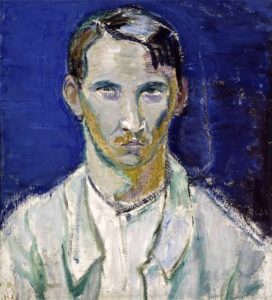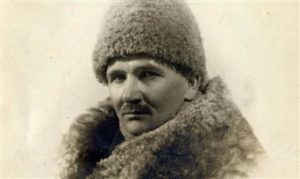
1879 - 1955
Tyko Sallinen
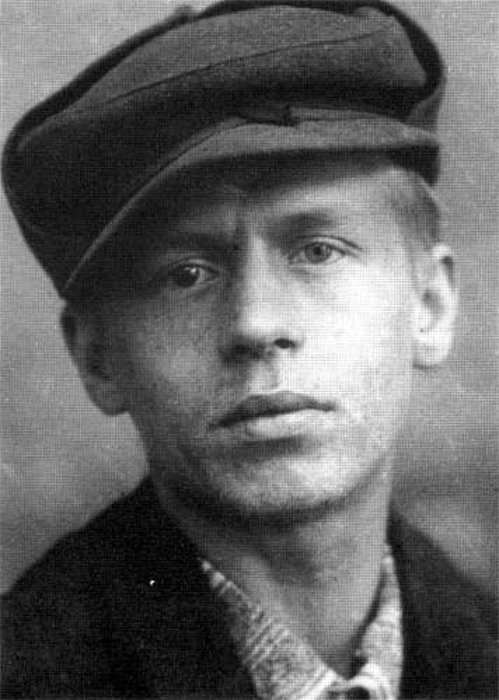
description
Tyko Konstantin Sallinen was a Finnish artist, the most outstanding figure of the fine art of the early 20th century in his country, the organizer and intellectual leader of creative associations in his homeland, the most significant of which is the November Group.
Sallinen was born into a tailor’s family, was the eldest child. The family soon moved to Haparanda in Sweden, where the boy spent his childhood, attended school for four years and studied sewing under the guidance of the strict father. The family was puritanical, belonged to a fundamentalist sect and rejected worldly pleasures, including art. Tyko left home at the age of 14 after being beaten by his father once again and lived working as an assistant of a tailor. Returned to the family after 4 years.
It is difficult to find a more revolutionary rebel figure among European artists than Tyko Sallinen. Even the fact that there is the term “the first war of Sallinen”, “the second”, “the small third” in art history, which is understandable to all, speaks of how fiercely he fought with the “old” in the fine arts.
The art and personality of the master, who was rebellious, raised a wave of interest in new techniques, but all foreign movements were based on the traditions of Finnish art. The artist was an honorary member of the Royal Academy in Sweden and received the title of the professor of the Finnish Association of Visual Arts. Many essays and books were written about him and a film about his life and work was shot.
Key ideas:
– At first, along with artists Yu. Myakel and J. Ruokokoski, Tyko Sallinen was one of the first Finnish progressive artists, and a few years later became the leading supporter of the younger generation and the first painter who with unprecedented frankness portrayed the Finnish landscape and people, emphasizing their individuality and the power of emotions.
– Tyko Sallinen deliberately destroyed the habitual modeling of faces and figures of people. For him, rhythm and “purity” (naivety, primitiveness) were more important than direct and uninteresting Realism. He did not seek elegance or beauty, but, according to T. Colliander, tried to “free the color from the burden of shadows.” Despite all his “savagery,” Sallinen’s art was relatively refined.
– From the very beginning, the artist was interested in color solutions, and then, simply being bewitched by the flowers of the Fauves, he removed all unnecessary muted colors from his palette and worked using ultramarine, white, different shades of pink and purple. He applied thick layers, partly with a knife, emphasizing the two-dimensionality of the surface, avoiding any shading. “Washerwomen”, one of the famous paintings that became the reason for Tyko’s “first war” with the Association of Finnish Artists, is full of sun, color, air and cheerfulness. However, the colors, which are so different from Realism, caused resentment, and the master left the Association in protest.
– By 1916, he changed the bright colors in favor of the dark under the impression of the disasters of the war. The favorite themes of the master remained Karelian harsh landscapes, the life of Finnish peasants. The artist, who once escaped from his parents’ severe religious oppression, was brilliantly successful in the series Fanatics. He knew the atmosphere of Christian ecstasy from the inside, and the topic was so important to him that he repeated it in 20 similar in plot and style variations.
– Traditions, national and romantic ideas in the art of Sallinen also acquired a new sound. Despite the fact that the artist set his own rules for the depiction of national Finnish features, such his paintings as “Rural dances” are considered to be national masterpieces.
– In general, its palette is characterized by brightness and at the same time color harmony. Tyko Sallinen did not have a specific program – he in practice denied the old school and did not intend to theorize, believing that “the picture is not a theory, but a craft”.
1879
1902
1908
1909
1912
1913
1914
1916 - 1917
1920
1930
1940
1955
The birth
In Helsinki, he began to study at the drawing school
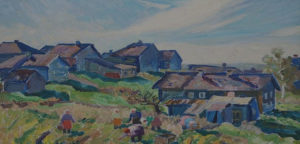
He went with other students to Denmark
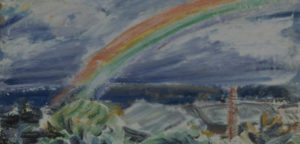
He studied in Paris at the Academy of Vitti
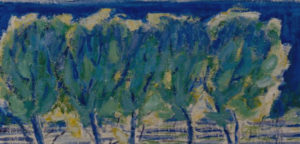
"Washerwoman"
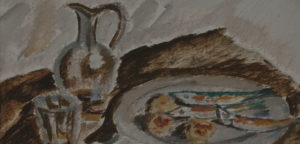
Sallinen's exhibitions at the Stenman Picture Gallery
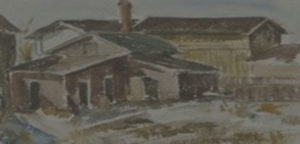
He made a trip to Paris
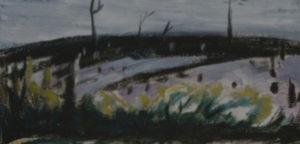
Five of its exhibitions were held in 1918-1924
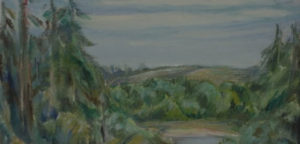
He worked in France
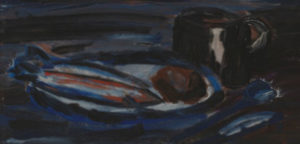
Visited Italy to study fresco painting
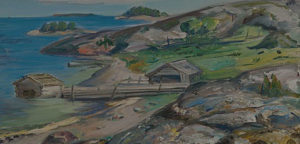
Was elected an honorary member of the Royal Academy in Sweden
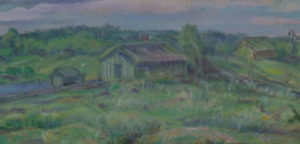
The death of the artist
